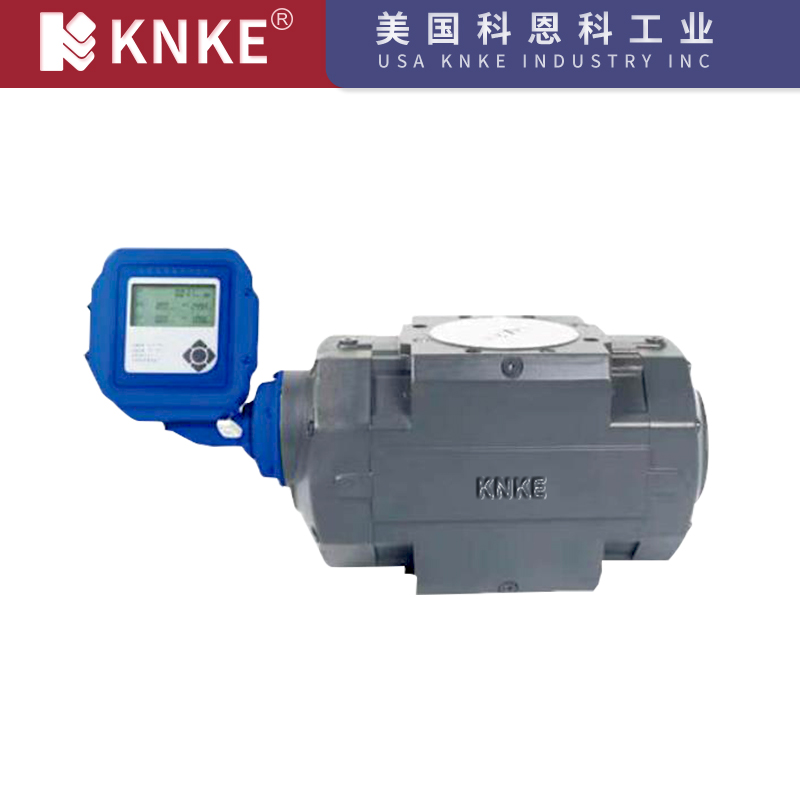Difference Between Oval Gear Flow Meter and Roots Flow Meter | Comparison Guide
Flow measurement plays a critical role in industrial process control, trade settlement, and energy management. Among different types of positive displacement flow meters, the oval gear flow meter and the roots flow meter (also called rotary piston or lobed flow meter) are widely used. Although both belong to the same volumetric measurement principle, they differ in design, performance, and application fields.
This article explains the difference between oval gear flow meter and roots flow meter, helping engineers and users choose the right instrument.
1. Working Principle
Oval Gear Flow Meter

The oval gear flow meter consists of two precisely machined oval-shaped gears. As liquid passes through the measuring chamber, the gears rotate under the force of the fluid. Each rotation displaces a fixed volume of liquid. A magnetic or electronic sensor detects the gear movement, converting it into flow data.
- Best suited for measuring high-viscosity liquids such as oil, resin, and chemicals.
- Provides excellent accuracy even at low flow rates.
Roots Flow Meter (Lobed Flow Meter)

The roots flow meter uses two “8-shaped” lobed rotors (roots) rotating in opposite directions. When fluid enters, the lobes trap a fixed volume and transfer it through the chamber. Sensors detect rotor movement and calculate the flow.
- Commonly applied in gas measurement, such as natural gas, biogas, and industrial gases.
- Handles large flow capacity with relatively low pressure drop.
2. Medium Compatibility
- Oval Gear Flow Meter → Ideal for liquids, especially viscous or lubricating fluids.
- Roots Flow Meter → Designed mainly for gases, widely used in energy and utility industries.
3. Accuracy and Flow Range
- Oval Gear Flow Meter: High accuracy, typically ±0.2% to ±0.5%, suitable for small to medium flow measurement.
- Roots Flow Meter: Accuracy around ±1.0%, more stable at medium to high flow rates but less precise at very low flow conditions.
4. Pressure Loss and Installation
- Oval Gear Flow Meter: Tighter gear engagement causes higher pressure loss, but this has less impact on viscous liquid applications.
- Roots Flow Meter: Larger internal clearances lead to lower pressure drop, suitable for pipelines requiring stable gas flow.
5. Maintenance and Service Life
- Oval Gear Flow Meter: Moving parts are subject to friction wear; however, in lubricating liquids, service life is extended. Requires regular maintenance.
- Roots Flow Meter: Typically longer lifespan when used in gas applications, with lower maintenance cost.
6. Typical Applications
- Oval Gear Flow Meter: Petrochemical industry, lube oil filling, food-grade oils, coatings, chemical solvents.
- Roots Flow Meter: City gas distribution, natural gas trade settlement, chemical gas supply, boiler fuel monitoring.
7. Comparison Table: Oval Gear Flow Meter vs Roots Flow Meter
| Feature | Oval Gear Flow Meter | Roots Flow Meter (Lobed) |
|---|---|---|
| Medium | Liquid (especially high-viscosity) | Gas (natural gas, biogas, chemical) |
| Accuracy | ±0.2% ~ ±0.5% | ±1.0% |
| Flow Range | Low to medium | Medium to high |
| Pressure Loss | Higher | Lower |
| Durability | Good with lubricating liquids | Longer life with gases |
| Industries | Oil, chemicals, food, coatings | Energy, utilities, gas trade |
8. Conclusion
The difference between oval gear flow meter and roots flow meter lies mainly in their application focus:
- Oval gear flow meters are best for high-precision liquid measurement, especially viscous media.
- Roots flow meters are ideal for gas metering and trade settlement, where large flow capacity and low pressure drop are required.
When selecting between the two, consider the medium type, accuracy requirements, flow range, and maintenance costs. By understanding these differences, industries can choose the most efficient and reliable flow measurement solution.
